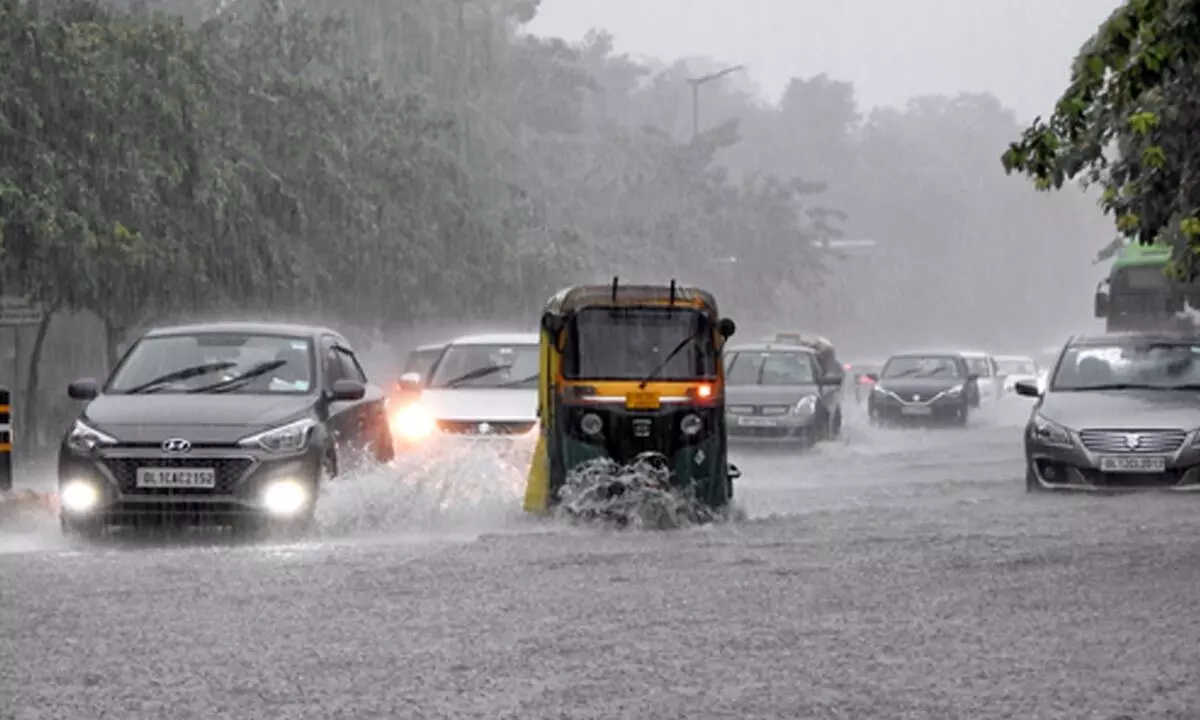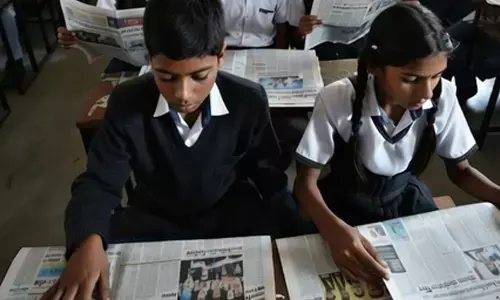Explainer: How climate change is altering Indian monsoon
Share :

Explainer: How climate change is altering Indian monsoon
The southwest monsoon season in India so far has been marred by extreme weather events, from humid heat waves to cyclones to torrential rains.
New Delhi: The southwest monsoon season in India so far has been marred by extreme weather events, from humid heat waves to cyclones to torrential rains.
Scientists blame climate change. They say it has been altering the monsoon patterns along with weakening its circulations. As a result, the country has witnessed record-breaking extreme weather events in June and July.
With monsoon recently concluded its halfway journey, the quantum of torrential rains multiplied across the country in July with 1,113 stations reporting very heavy rainfall events, while 205 stations witnessed extremely heavy rainfall.
With this, July saw the highest heavy and extreme rain events in the last five years, says a data compiled by Climate Trends.
In June, 377 stations reported very heavy rain events, the highest in the last five years. Sixty-two stations recorded extremely heavy rains, which was the second highest since 2019.
However, the impact of climate change was more visible, higher than ever before, say climate experts. They say it would not be wrong to say that extreme weather conditions have governed the southwest monsoon season so far.
Record breaking extreme weather events ranged from humid heat waves to torrential rainy spells to cyclogenesis.
At the end of July, the cumulative countrywide rainfall was surplus by five per cent, with 467 mm of rain against the normal of 445.8 mm between June 1 and July 31.
Heatwaves during the monsoon season are quite rare in India. With delayed monsoon arrival in eastern parts of the country, an unusual spell of heatwave wreaked havoc across the region.
According to Climate Central, an independent group of scientists, a three-day extreme heat event over Uttar Pradesh from June 14-16 was made at least two times more likely by human-caused climate change.
In Ballia in Uttar Pradesh temperatures reached 42.2 degrees Celsius on June 16 and at least 34 fatalities occurred over the three-day event.
A similar situation was witnessed in the neighbouring state of Bihar, where school and colleges were closed to minimise the impact of the heatwave.
India has been witnessing normal to surplus monsoon rains for the last five years. This year too, the country is likely to record normal rains but with El Nino building in the Pacific Ocean chances of below normal monsoon cannot be ignored.
However irrespective of monsoon performance, experts are expecting extreme weather events to increase in the coming years.
“Characteristics of the monsoon have undergone some major changes, which have altered rainfall patterns, intensity, and frequency. These changes are constantly evolving with the increasing global temperatures,” remarked Mahesh Palawat, Vice President, Meteorology and Climate Change, Skymet Weather.
“As a result, extreme weather events have also increased exponentially. What happened in Himachal Pradesh and other parts of northwest India is evidence of how climate change is impacting and altering the monsoon season in India.
“In fact, these impacts would continue to multiply if temperatures continue to rise.”
Sounding the alarm that India is on track to breach a critical warming threshold, Indian Institute of Technology-Gandhinagar says climate change will increase the frequency of extreme weather events such as floods and heatwaves in the future.
The total population and urban area exposed to sequential extremes will increase rapidly if the global mean temperature rises above 1.5 degrees from the pre-industrial level.
A considerable improvement in socioeconomic livelihood and infrastructure will be needed to reduce vulnerability and maintain the same level of risk at 1.5 degrees at higher global warming levels. The risks and drivers of the sequential extremes in India remain unrecognised.
Scientists say climate change has made monsoons more erratic and volatile, leading to frequent landslides and flash floods in India’s Himalayan north.
“The Himalayas have emerged as the hotspot for climate change. While last year it was Uttarakhand, this year it was Himachal Pradesh which is bearing the brunt of global warming,” says Prof. Y.P. Sundriyal, Head, Department of Geology, HNB Garhwal University, Srinagar, Uttarakhand.
“The Himalayas act as a barrier, which confronts the moist winds coming from the Arabian Sea as well as the Bay of Bengal. With increasing temperatures, both at the surface and at the sea level, there has been a considerable increase in moisture content, which makes it a prone zone for torrential rains.”
“We must remember, the Himalayan mountains have a fragile ecology, which has limited capacity to bear such incessant rains. This has put the hilly states, especially Himachal and Uttarakhand in a danger zone,” Sundriyal adds.















